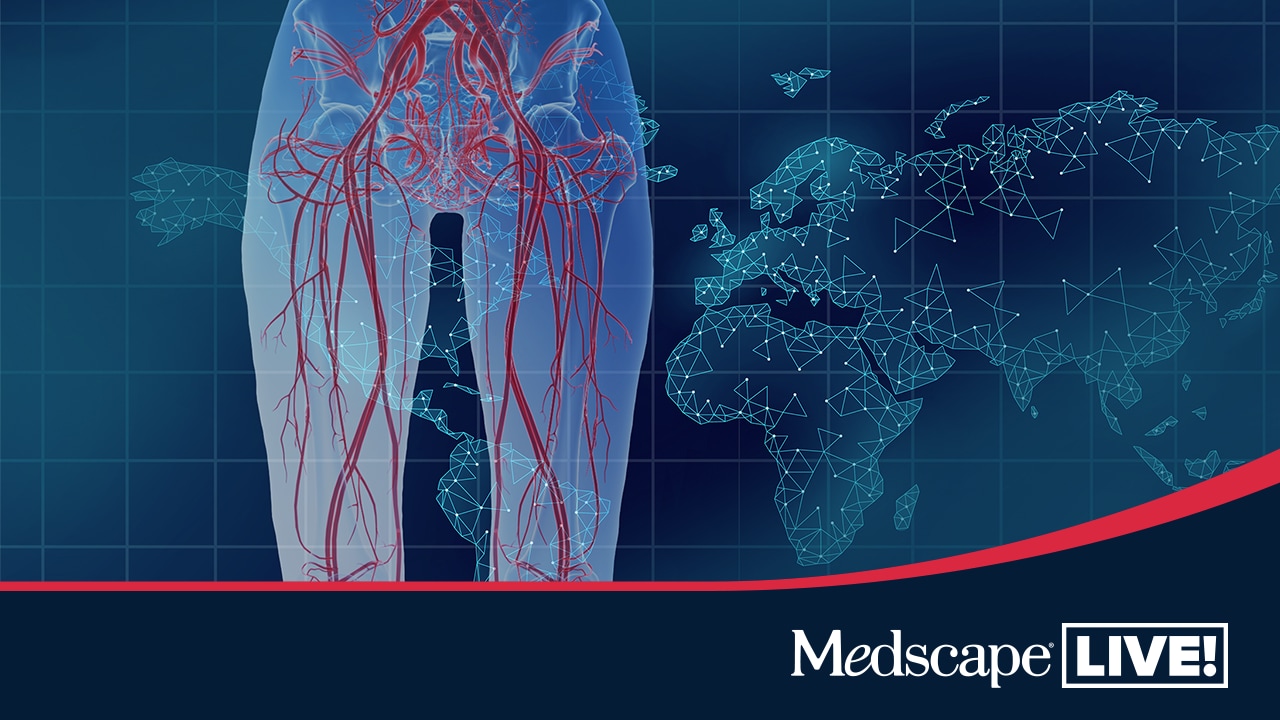Abstract and Introduction
Abstract
Introduction: Pilonidal disease is a common condition of the gluteal cleft region, but involvement of the anterior perineum is rarely reported. Surgical options for gluteal cleft disease include simple fistulotomy, excisional procedures with primary closure (ie, Bascom cleft lift, Karydakis and Limberg flaps), or excision with secondary healing. The Bascom cleft lift described here is an excisional procedure involving a rotational flap with an off-midline closure. Deep tissue is salvaged allowing for proper contouring of the gluteal cleft, resulting in a cosmetically pleasing result.
Case Report: A 20-year-old man with recurrent pilonidal abscesses of the gluteal cleft underwent a Bascom cleft lift procedure for definitive care of his disease. During the procedure, involvement of the anterior perineum was found. Given the location of the pits relative to the flap, the anterior perineal disease was treated only with removal of hair from within the pits and clipping the hair of the perineum.
Conclusion: While this case highlights the current standard of care and surgical options for pilonidal disease, the ideal surgical options for rare cases of pilonidal disease of the anterior perineum remain to be determined.
Introduction
Pilonidal disease is a chronic skin condition generally involving trapped hair follicles in the gluteal cleft that leads to irritation and abscess formation. Each year, more than 70 000 cases are reported annually in the United States alone, with most of these cases involving the presacral and gluteal regions. The condition predominantly affects men of all ages but generally decreases in incidence after the age of 25.[1–4] While the pathogenesis is not completely understood, some reports support an embryologic source; however, the more supported theory is acquired disease from natal cleft hair follicles. These follicles insert themselves into the natal cleft, leading to a foreign body reaction, inflammation, and ultimate abscess formation, which may be acute or chronic in nature. Ideal treatment provides patients with curative resolution with repair and return to activities of daily living.[1,5] In the acute setting of an abscess, incision and drainage of the abscess off midline is typically performed; however, with more extensive chronic disease, wide en-bloc excision is recommended with or without immediate reconstruction.[1–2,5] Not often described is extensive pilonidal disease extending beyond the presacral region into the anterior perineum. Current practice guidelines for treatment of such rare presentations is scarce, but incision and drainage of abscesses can also be carried out in these cases. Fistulectomies have been described as well, although wide en-bloc excision techniques have not been well studied. This report presents the case of a 20-year-old man with recurrent pilonidal disease and incidental findings of several pilonidal pits in the perineum anterior to the anus without abscess.
Wounds. 2023;35(3):E120-E122. © 2023 HMP Communications, LLC











